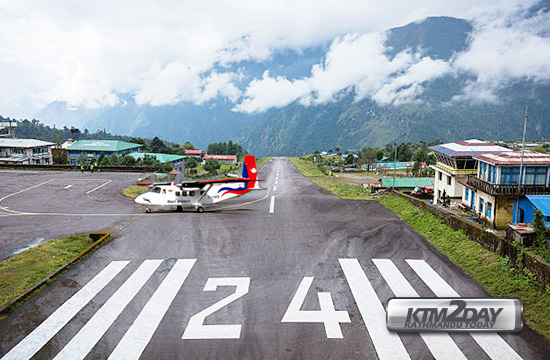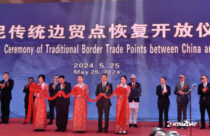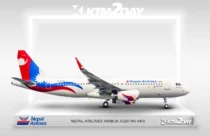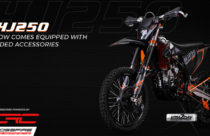Nepal Airlines resumes flight to the gateway to Mt Everest


Nepal Airlines Corporation (NAC) on Saturday resumed its passenger flights to Lukla Airport, the gateway to Mt Everest, after more than two years of suspension.
According to NAC, three flights—two with Chinese-made Y12e and one with Twin Otter—were conducted on Saturday. “We have two charter flights and a scheduled flight for Sunday,” said Ashok Sigdel, spokesperson of NAC.
Nepali passengers will need to pay Rs5,105 for a one-way ticket on the Kathmandu-Lukla sector while foreigners will need to pay $151. According to Sigdel, the price of a two-way charter flight is $2,400.
Also read – Yeti Airlines adds third ATR 72-500 aircraft into its fleet
Lukla Airport, which serves as the gateway to Mt Everest, is the most lucrative airfield for domestic airlines where hordes of foreign trekkers and mountaineers travel annually, paying full airfare.
The cost of the 25-minute flight for foreigners is probably the world’s most expensive airfare which is more than three times higher than the airfare charged on Nepali travellers.
The Y12e, which is the improved version of Harbin Yunshuji Y-12-II, made its maiden passenger flights on Saturday at the Lukla Airport, also known as Tenzing–Hillary Airport. On September 25, the Y12e successfully conducted a test flight at Lukla Airport, five years after it was inducted into its fleet.
The full details of the performance of the aircraft in different airports like Simikot, Rara, Jumla and Dolpa where it conducted the test flights are yet to come.
From Kathmandu to Lukla, according to Sigdel, the aircraft can carry 12 to 15 passengers based on their weight, by season, flight type and gender.
But from Lukla to Kathmandu, the number has to be reduced significantly, he said. The carrier has also conducted test flights to Simikot, Rara, Jumla and Dolpa airports and plans to begin commercial service in these destinations soon.
The 17-seater Y12e arrived in Kathmandu in 2014 and was intended to serve remote mountain airfields like Lukla, Jomsom, Manang, Simikot, Rara, Jumla and Dolpa.
But the plane had a regulatory limit, meaning that it could only fly to airports with a maximum grade of up to 2 percent or about 1.2 degrees of slope.
The regulator Civil Aviation Authority of Nepal (CAAN) had to clear the aircraft to serve airports with a slope of more than 2 degrees.
As a result, the Y12e was only operated on the Pokhara and Simara sectors, pending the issuance of commercial flight clearance by CAAN on mountain airfields.
Pilot shortage had also prevented the NAC to conduct the test flight of Y12e at the Lukla Airport although it was approved on November 23, 2016.
The Lukla Airport’s runway is 527 m with an 11.7 percent gradient or slope. The airport’s elevation is 2,845 m from the sea level.
Most of the short take-off and landing (STOL) airfields in Nepal including Lukla in Khumbu are above the regulatory limit.
According to the performance analysis report of the Y12e aircraft submitted by the NAC to the Tourism Ministry in 2015, the Y12e flies well in very cold weather, with performance falling with a rise in temperature and altitude.















